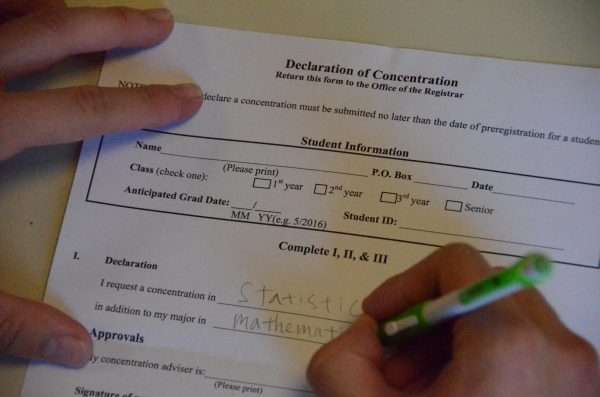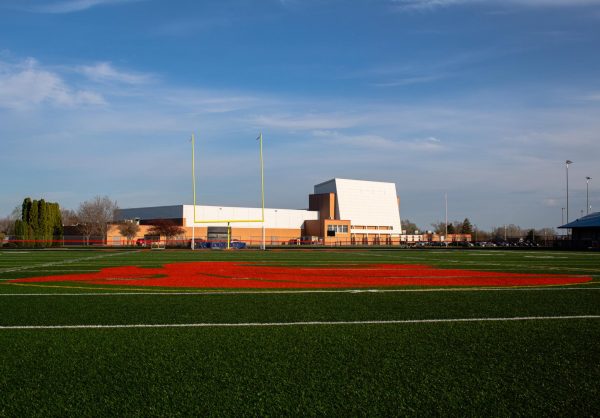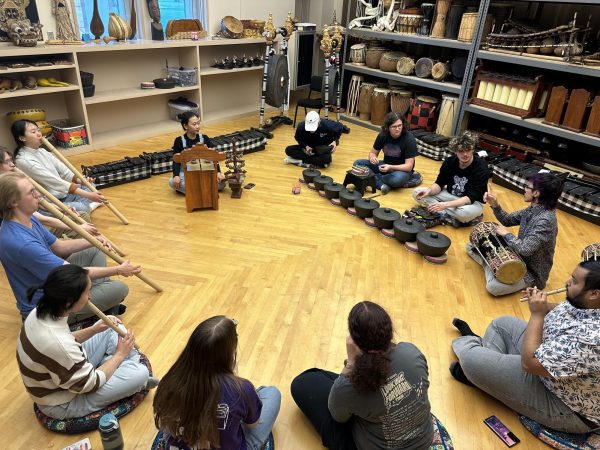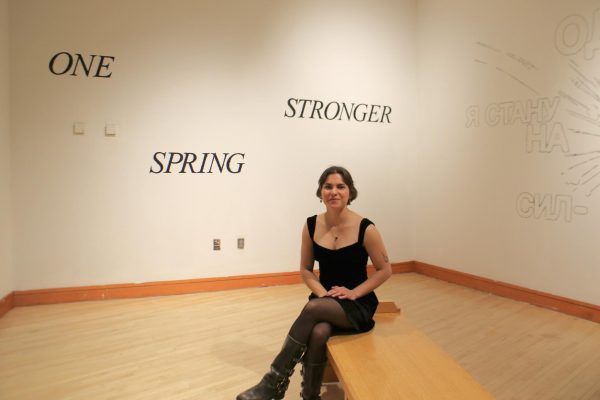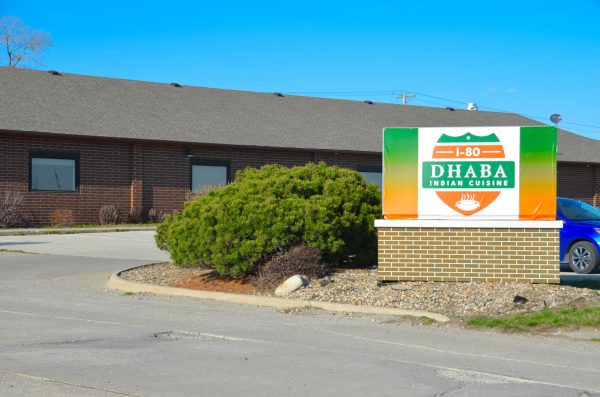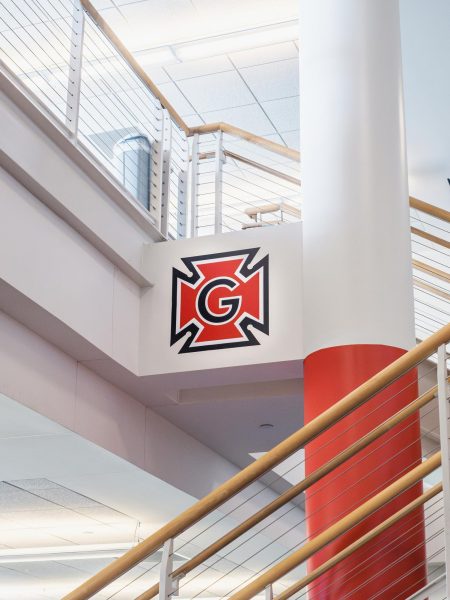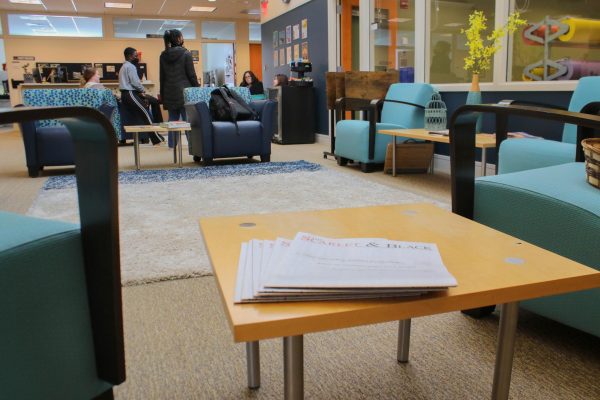Grinnell community members hope to pass IVCC bond
October 10, 2019
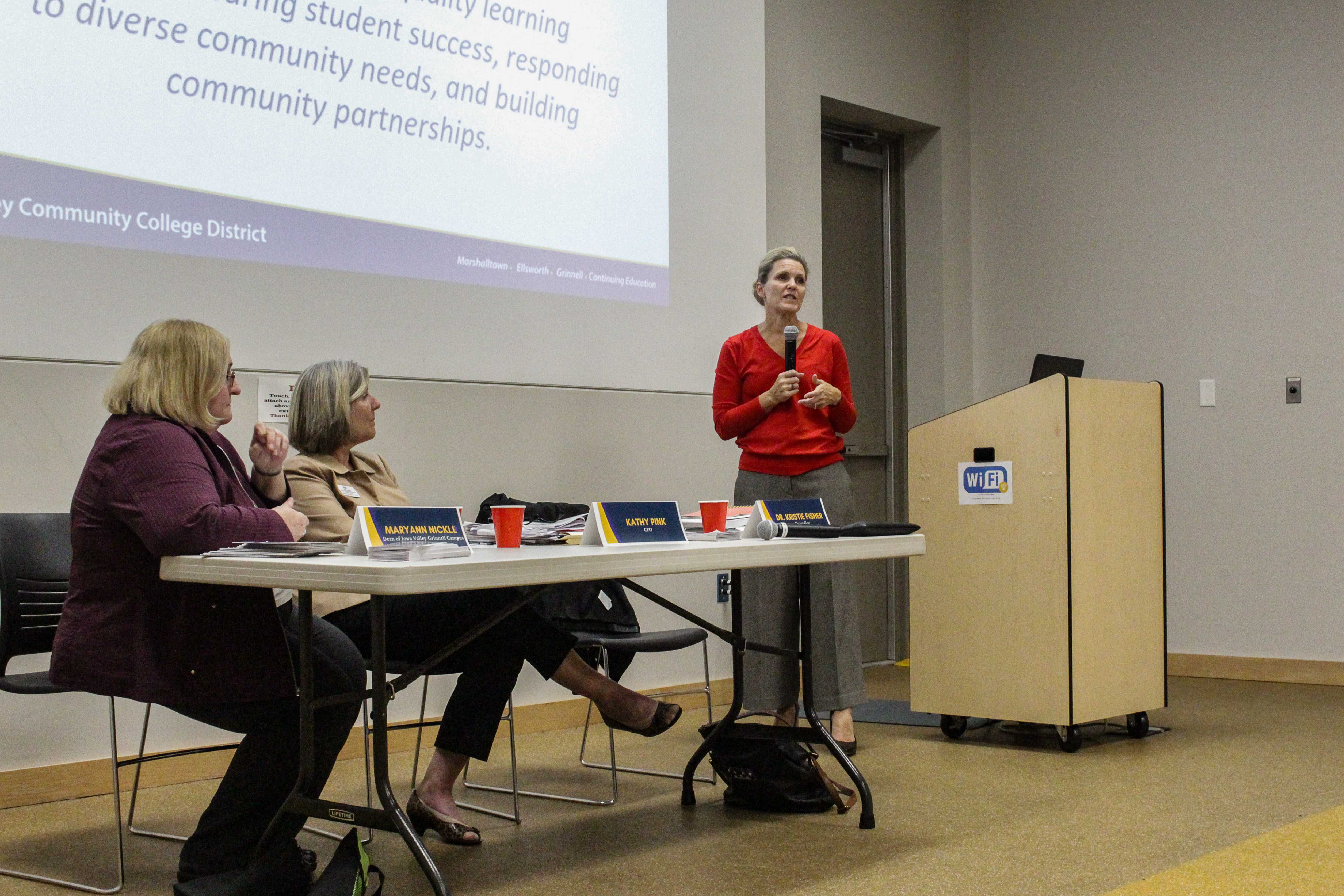
By Lucia Cheng
chengluc@grinnell.edu
This past Tuesday, Grinnell community members met to discuss the approaching Iowa Valley Community College Bond vote. Back in April of 2019, the Iowa Valley Community College Bond barely missed the 60 percent approval mark by a mere 62 votes. The narrow defeat, rather than dampening the spirits of those in favor, only served to revive efforts to fund the college campus. This past Tuesday, a panel was held at Drake Library in an effort to provide updates on the progress of the Community College Bond. Iowa Valley Community College’s main campus is located in Marshalltown, but the community college has satellite campuses in various other locations, including one on Highway 6 in Grinnell. With the November elections approaching, Grinnellians in favor of the bond are working harder than ever.
Because the last vote had passed 50 percent, the language of the bond remains generally the same. Kristie Fisher, the Chancellor of Iowa Valley Community College (IVCC), instead highlights the importance of making sure people get out to the polls. A successful turnout would help to connect public outreach endeavors with the community at large.
Dr. Janice Stutz, the superintendent of the Grinnell-Newburg School District, also knows of the difficulty in motivating people to vote. “It’s all about the fact that many people in this area are on a fixed income,” said Stutz, “And adding tax to their house payments is a lot that they can’t handle.”
The 32 million dollar bond would add approximately $3.32 per month (or $39.84 per year) in taxes for a home with an assessed valuation of $100,000, according to the IVCC informational handout. On the other hand, Fisher calls attention to the way the bond pays itself back in the form of operations spending, student spending, and alumni impact, which added together, equates to a total of $293.6 million dollars.
A major joint goal of the League of Women Voters and the Chamber of Commerce is to spread information on what the bond is attempting to achieve. Through a combination of canvassing and raising awareness about the upcoming November election, it is their hope that more people will understand what their money is going towards. For instance, a particular priority they want to focus on is updating the facilities.
“Things like HVAC, heating and cooling systems, electrical systems, updating spaces that just haven’t been touched for a while … We have major technology needs as a district and not [desktop technology], but the IT infrastructure, the really expensive stuff that allows you to keep data safe, and really serve students at a distance,” said Fisher.
Safe student housing is also a top priority on their list. Fisher recounted the dorm fire that occurred during the first day of classes, which was the result of faulty wiring. “It’s a good example of the importance of facilities,” said Fisher, “We really owe it to our citizens and to our taxpayers to talk to them about their investment in education, and what it means to the community.”
By creating spaces where students are encouraged to learn, the bond serves to highlight the importance of providing a quality education. “It’s a huge benefit for [high school students] to attend the Iowa Valley Community College because they walk out with sophomore status to college, because they get so many [dual] credits,” said Stutz.
The bond goes to vote again on Nov. 5, where it will appear as Merged Area VI in multiple school districts, including the Grinnell-Newburg district. Registered voters who live in the Iowa Valley Community College District (IVCCD) service area can vote, both through absentee ballots and at designated polling places. Additional information can be found on the IVCCD website, and additional questions can be directed to ivinfo@iavalley.edu.
As for the future of schools attempting to find funding for their students, Fisher has a broader purpose in mind. “You know, to me, if I think about the best hope, is that schools—whether it’s Iowa Valley, Marshalltown, community college or elsewhere—will be positive and engaging learning environments, that they will be a space where students can feel safe and secure. That we have the technology and the infrastructure to make sure that we’re able to train students not for the jobs that exists today, but the jobs that are going to exist five and ten years from now,” said Fisher.
Along with the continual push for the acceptance of the bond, a common undercurrent seems to be the provision of equal student opportunities. Due to the fact that a large part of the community college is funded by taxpayer money rather than private donations, the bond would help improve conditions for students and create a more effective space for learning. With this in mind, only time will tell if the bond will pass the 60 percent approval threshold this time.





























































